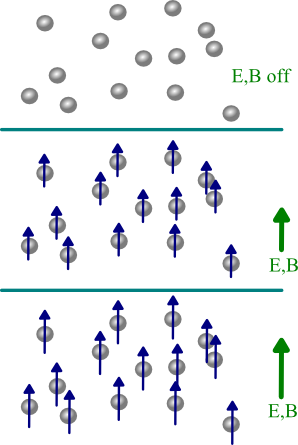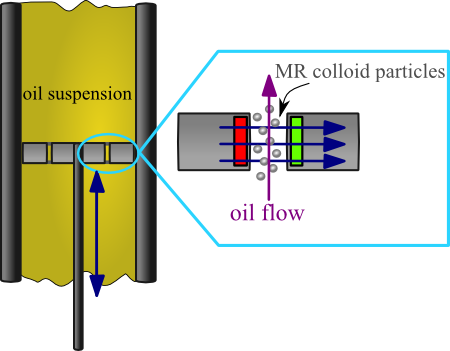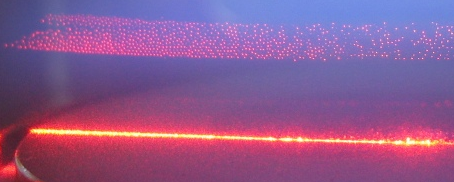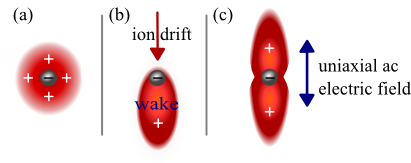"A complex system is one in which there are multiple interactions between many different components." (D. Rind)
Examples of complex systems can be found in all fields of science. These are, for example, non-linear dynamical systems, human and animal crowds, agents on markets, swarms, traffic systems and soft matter. Although these systems are different on the microscopic level, all show similar behavior with respect to instabilities, pattern formation, self-organization and emergence [1].
Soft matter is a subfield of condensed matter physics. These particles naturally have no brains, no goal, much less a perception. Nevertheless, there are multiple interactions and many different components. Is this a complex system? — Yes, the combination of simple rules and actions results at amazingly complex patterns. In this area of research, many different systems are investigated:
All of these systems provide interesting physical properties [2]. Furthermore, these properties are quite often adjustable by external fields. Now, this is probably the best known example: Liquid crystals are either translucent or opaque for polarized light – this just depends on whether an electric field is applied or not. What is the physics behind LCDs? For LCDs, the adjustable property is the orientation of particles embedded in a fluid.
Although LCDs are likely the best known example of soft matter systems – after all, because everyone has a LCD device – we should not forget other systems. In case of electro- and magnetorhelogical systems (ER/MR) it is the structure which is tunable. Imagine a system that is switchable between solid and liquid state. However, structure consists not only of the state (liquid, gaseous or solid), in detail have to deal with a wide range of crystalline or liquid phases. Furthermore, we can have a closer look at these systems. This leads to fundamental questions of physics: How do self-organizing systems work? What is the driving mechanism of phase transitions? Can we observe critical phenomena directly?
Mirco- and nano-particles consisting of special materials have a nice feature: Usually those particles just behave like normal (i.e. colloidial) particles. But influenced by an external those particles carry an induced (electric or magnetic) dipole moment. Of course, this moment is also perfectly aligned in the direction of the external field. Thus, if we assume this field is homogenous, all particles carry a moment of the same magnitude which is additionaly precisley tunable.

The viscosity of such systems changes in presence of external fields. This effect was discovered in 1949 by M. W. Winslow [3]. Nevertheless, systematical research did not begin until the 1990s. Needless to say, this effect is used in new industrial applications of ER/MR systems (e.g. adaptive shock absobers, also known as 'magnetic ride' systems).
Therefore, the binary interaction of such particles can be decomposed in two parts:
Colloids of this kind have a high viscosity when the induced dipoles are switched on – and a significantly lower viscosity without induced dipoles.

Complex plasmas consist of microparticles which are dispersed in low-density plasma (casually speaking: Complex plasmas are colloids but the dispersion media is replaced by plasma ). Such systems are optically thin and so we are able to trace individual particles. The microparticles (also called "dust") are usually charged negatively and are characterized by a repulsive pairwise interaction.

The charge of dust particles causes screening effects – the electrons are pushed away a bit by the negativley charged dust particles and a polarizable cloud remains. Due to those screening effects the pairwise interaction is of Yukawa type (Thus, the Coulomb potential of a charged particle is modified by screening). [more ...]

Complex plasmas also have electrorheological properties. The field-induced interparticle interaction in ER complex plasmas can be understood by solving the Poisson-equation for the ions. Application of uniaxial ac electric fields causes a time-avaraged binary potential which is mathematically equivalent to the binary poential in ER/MR systems.